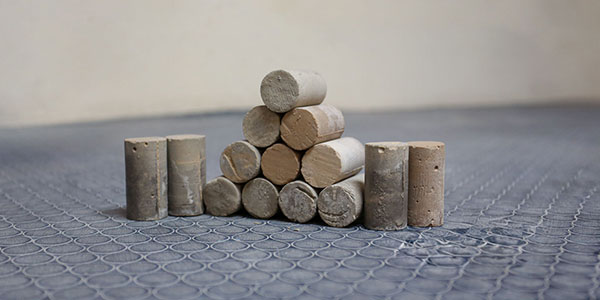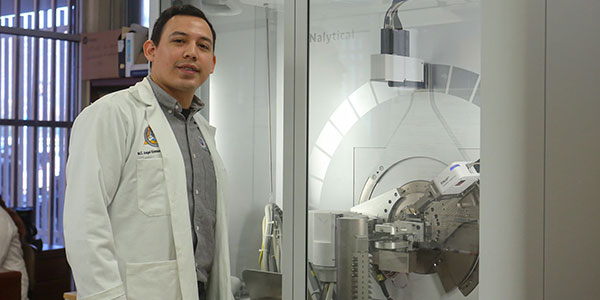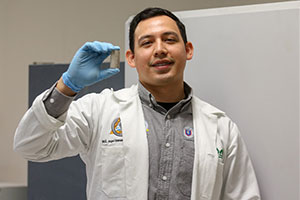Share:
A greener approach to construction
The cement produced at the UANL School of Civil Engineering has a lower environmental impact and production cost compared to conventional cement.
The Materials Laboratory at the Universidad Autónoma de Nuevo León (UANL) is currently developing a cement based on pozzolans (both artificial and natural) that is less polluting than conventional cement.
This work stems from the project “Formulation of Alkaline Activated Hybrid Cement Based on Pozzolans,” which is currently in the process of patent registration with the Mexican Institute of Industrial Property (IMPI).
“At the UANL School of Civil Engineering, one of our primary focuses is the environmental aspect, where we strive to develop an alternative cement with reduced conventional cement content. We achieve this by substituting conventional cement with pozzolans, which results in lower carbon dioxide emissions and energy consumption during production. The manufacturing process of cement demands significant energy input,” explains Ángel Rojas Martínez, a researcher at the UANL School of Civil Engineering.

The construction materials specialist explains that conventional cement contributes to pollution through the emission of greenhouse gases. During its manufacturing process, conventional cement releases carbon dioxide, nitrogen oxides, dioxide, and sulfur dioxide into the atmosphere.
Additionally, for every ton of this material produced, approximately 1.5 tons of raw materials are required, a quantity the researchers aim to reduce.
Our objective is to develop a cement that closely resembles conventional cement and retains the property of hardening upon the addition of water. The intended application of our cement in the industry would be essentially the same as the cement already established in the market. Another significant aspect of our work is its economic feasibility, aiming for a lower production cost.
Ángel Rojas Martínez.
Researcher at the UANL School of Civil Engineering
Pozzolan is a material with a siliceous and aluminum base, typically possessing minimal or no inherent cementitious activity. However, when finely ground and exposed to moisture and calcium hydroxide, it undergoes a chemical reaction that enhances its cementitious properties. Today, pozzolan is widely regarded as an environmentally friendly element.
Posted by: Portal Web UANL






